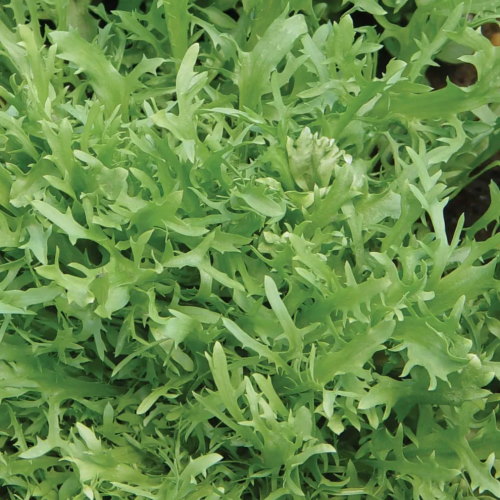How to grow frisee from seed – for fast peppery leaves to liven up your salads
Growing frisee is simple and speedy, and there are two ideal times of year to sow
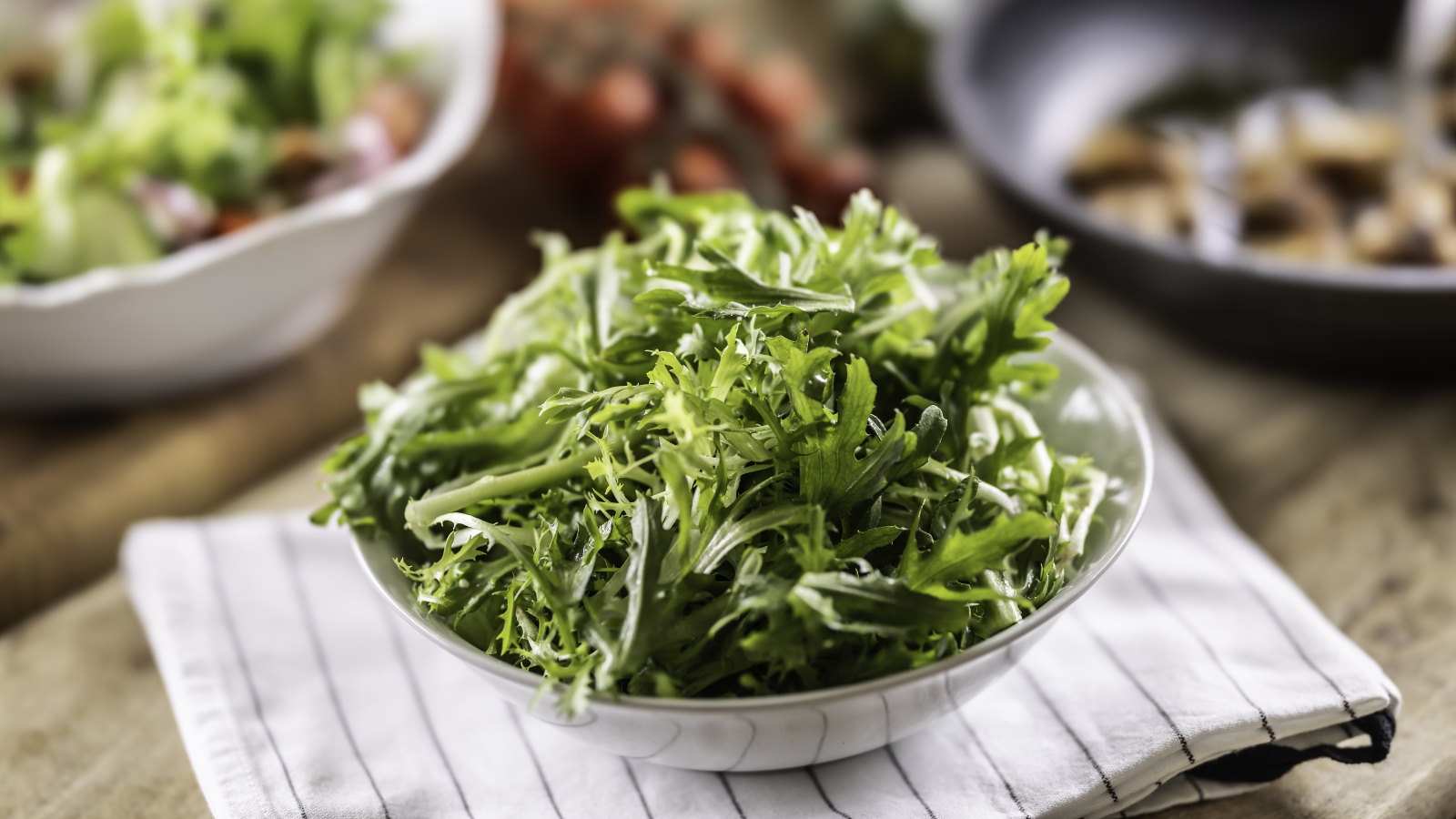

Frisee, also known as curly endive, is a great alternative leafy green to grow if you want to spice up your salad bowl. The frilly leaves are peppery and crunchy and are best known for salads, but they are versatile and can be blanched, braised, or sauteed.
You see frisee sold in specialist grocery stores, with a premium price tag compared to other salad staples. The good news is that frisee is easy to grow at home and can be a speedy crop alongside growing lettuce and other leaves in a vegetable garden, whether in the ground or containers.
If you are looking for new vegetables to plant, then frisee is worth considering. I have always found it relatively simple to grow from seed and I spoke to a plant expert about how to grow frisee to get extra tips on sowing and harvesting.

What is frisee?
Frisee (Cichorium endiva) is a variety of endive with ruffled leaves - hence the name frisee, which means curly in French. Plants form rosettes of dark green curly leaves with a peppery taste ideal for livening salad mixes. Frisee leaves are rich in vitamins, nutrients, and antioxidants and can be eaten raw or cooked.
Where to grow frisee

Frisee prefers a sunny spot in a vegetable garden but can tolerate part shade. It may be a vegetable to grow in the shade during summer to prevent bolting - preferably a spot with shade from the hot afternoon sun. The crop can be grown in the ground, in raised beds, or in pots in small vegetable gardens or container gardens.
Grow frisee in well-draining and rich soil. Adding organic matter, such as compost or well-rotted manure, can boost any soil type and help improve its water retention, drainage qualities, and nutrient levels.
How to grow frisee from seed
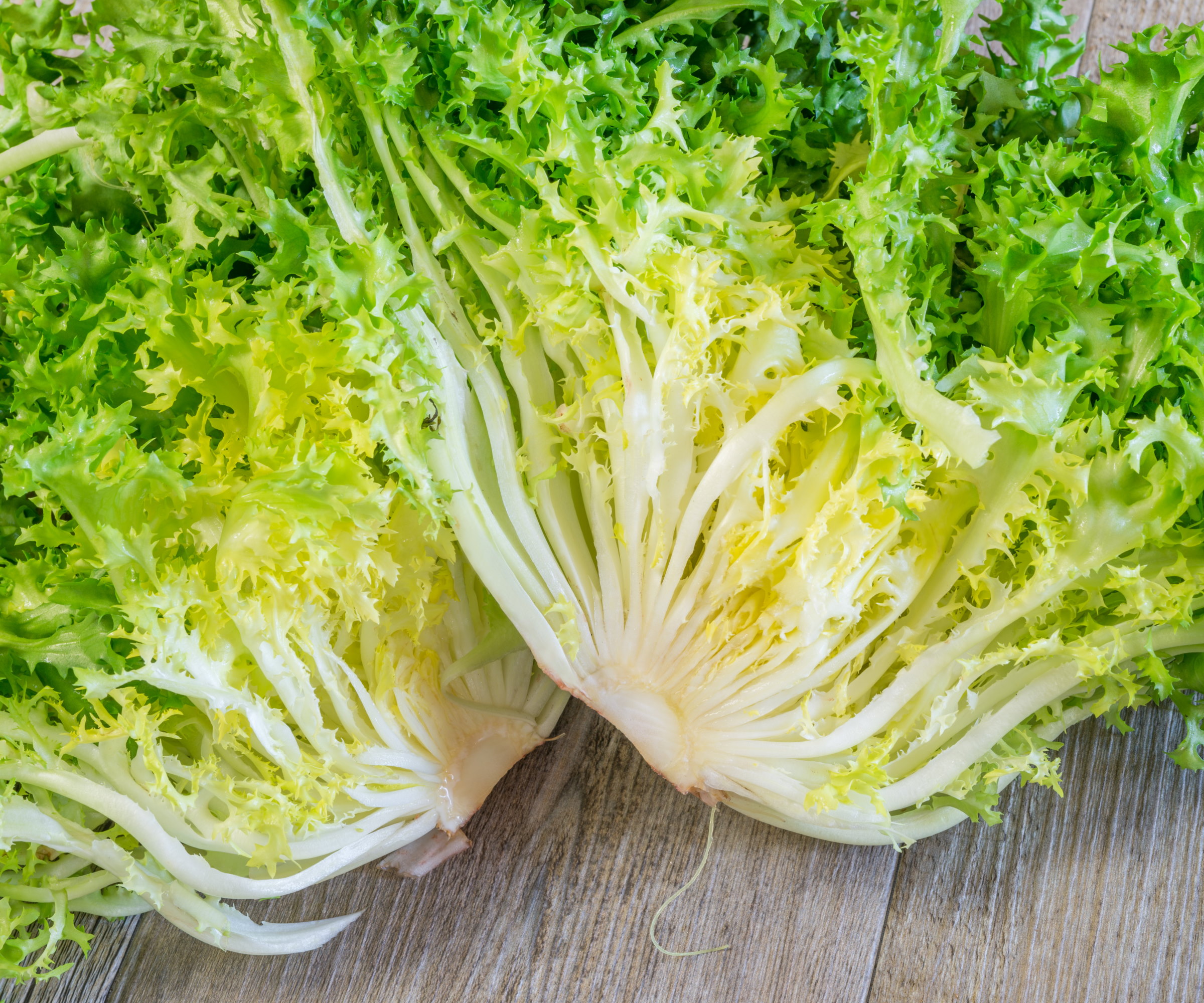
Frisee is an easy vegetable to grow from seed and grows best in cooler conditions. It is best suited to spring and fall sowings as hot weather in midsummer can cause premature bolting and give the frisee a bitter taste.
Ashleigh Smith, managing editor at True Leaf Market, has the following sowing advice to help prevent your plants from bolting. ‘Seeds should be sown in the spring for regions that experience a cool summer, in the mid-summer for Northern climates, or during early fall in regions with exceptionally hot and long summers,’ she recommends.
Frisee seeds can be sown outdoors directly into the growing position in the kitchen garden or started indoors to get ahead in regions with shorter growing seasons. The soil temperature will dictate when to sow seeds outdoors, with frisee seeds requiring soil temperatures above 60°F to germinate.
Sow frisee seeds a quarter-inch deep and at least two inches apart in rows 12 inches apart. Keep the seeds consistently moist and thin the seedlings to 10-12 inches apart once they develop.
Sow seeds indoors 6-8 weeks before your last frost into module trays or small pots filled with quality potting soil for starting seeds. Put the containers somewhere warm, such as a greenhouse or on a bright windowsill, and keep them moist for good germination. Transplant seedlings out into the garden once the risk of frosts has passed, after a period of hardening off.

Ashleigh Smith is the Managing Editor at True Leaf Market with a bachelor's degree in horticulture from Brigham Young University - Idaho. True Leaf Market is a nationally certified organic, non-GMO seed and horticultural company based in Salt Lake City, Utah.
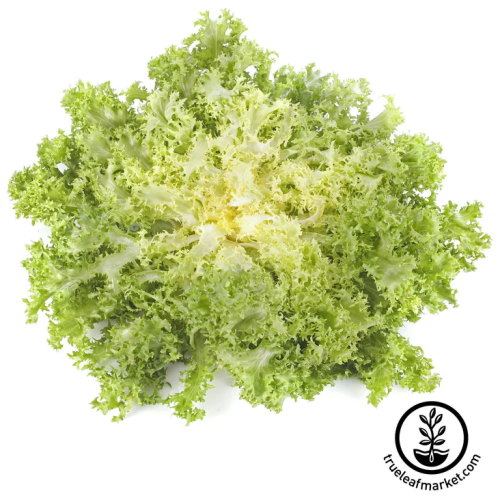
A packet of frisee seeds to sow outside in spring or fall and provide a harvest within 55 days.
How to grow frisee - care tips
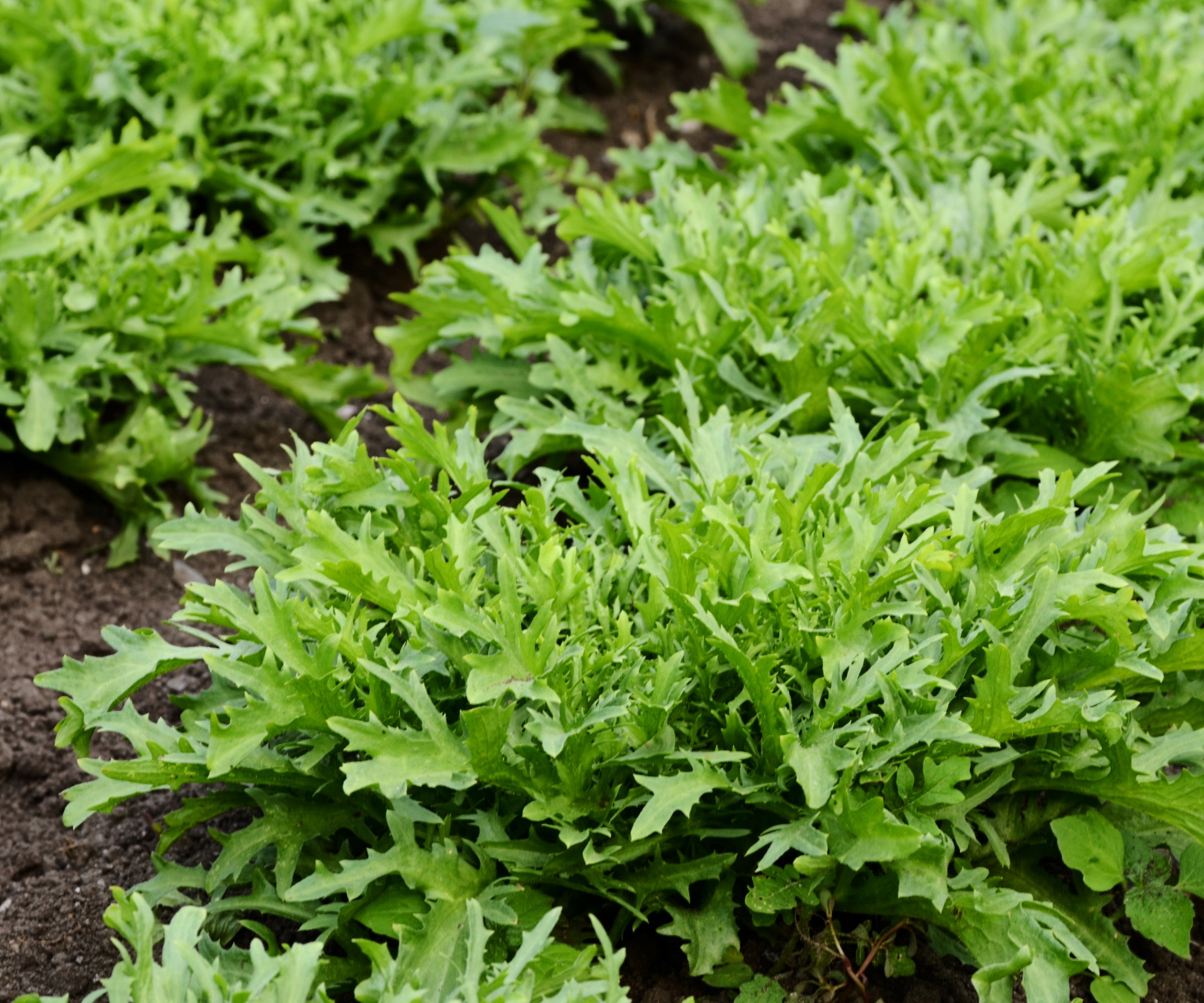
Frisee needs regular watering during the growing season. Dry soil can cause bolting and turn the leaves bitter, so pay close attention to keeping the soil moist during warmer temperatures. When cultivating frisee as part of a vegetable container garden, it is vital to keep on top of watering plants in containers.
Mulching around plants can help to retain moisture in the soil and smother competition from weeds that can steal water and nutrients from the frisee plants.
Plants growing in poorer soil types may benefit from a balanced, organic fertilizer in summer, such as this organic vegetable garden fertilizer on Amazon. Frisee plants growing in soil nourished with organic matter ahead of planting are likely to have access to sufficient nutrients to develop to maturity.
The frisee can be harvested as cut-and-come-again leaves from as little as 30-40 days after sowing, or left to reach full maturity where the whole head is harvested after 80-90 days. The exact time to maturity will depend on the variety, when it was planted, and the climatic conditions during the growing season.
Ashleigh Smith recommends that frisee is ‘best harvested as a whole plant at once’ and one head can have multiple uses. She says: ‘The inner leaves are best for salads, while the outer layers can be cooked with other greens.’
‘For less bitter, pale, and tender leaves, blanch the plants for about two weeks before harvesting.’ adds Ashleigh.
Blanching is done by covering plants to prevent light from reaching the leaves, making them less bitter. The simplest way to blanch frisee heads is to cover them with a bucket or large pot, being sure to cover any holes. An alternative method is to tie the heads up with string to blanch the central leaves.
Self-blanching varieties of frisee develop large leaves that block light from the plant’s heart, eliminating the need to cover them.
FAQs
Is frisee good for you?
Frisee contains many beneficial nutrients, including vitamins A, C, and K. It is also rich in minerals and antioxidants. Eating frisee can benefit skin health, circulation, and your immune system.
Is frisee the same as endive?
Frisee and Endive are not two all-encompassing terms to mean the same thing. There are different types of endive in the chicory family and frisee is the term for a variety of curly endive. It can be confusing, though, especially as frisee is called simply ‘endive’ in the UK.
Frisee is just one of many leafy greens you can grow to add to salad bowls, rather than just sticking to the same old lettuce varieties. The likes of mizuna, corn salad, arugula, and winter purslane can provide different shapes, textures, and flavors to be mixed in with any lettuce varieties to create vibrant salads.
Sign up to the Homes & Gardens newsletter
Design expertise in your inbox – from inspiring decorating ideas and beautiful celebrity homes to practical gardening advice and shopping round-ups.

Drew’s passion for gardening started with growing vegetables and salad in raised beds in a small urban terrace garden. He has worked as a professional gardener in historic gardens and specialises in growing vegetables, fruit, herbs, and cut flowers as a kitchen gardener. That passion for growing extends to being an allotmenteer, garden blogger, and producing how-to gardening guides for websites. Drew was shortlisted for the New Talent of the Year award at the 2023 Garden Media Guild Awards.
You must confirm your public display name before commenting
Please logout and then login again, you will then be prompted to enter your display name.
-
 Ina Garten's storage pantry is an insightful window into all of the best cookware used by the chef – and it's easy to recreate on your kitchen shelves from $48
Ina Garten's storage pantry is an insightful window into all of the best cookware used by the chef – and it's easy to recreate on your kitchen shelves from $48The beautiful dishware in The Barefoot Contessa's Hamptons pantry showcases the tools she uses most often to cook – this is exactly how you replicate it
By Sophie Edwards Published
-
 Extend the lifespan of your appliance with 5 simple but crucial washing machine maintenance tips
Extend the lifespan of your appliance with 5 simple but crucial washing machine maintenance tipsFrom cleaning the filters to keeping the door open, experts reveal the washer tips they swear by
By Andy van Terheyden Published
-
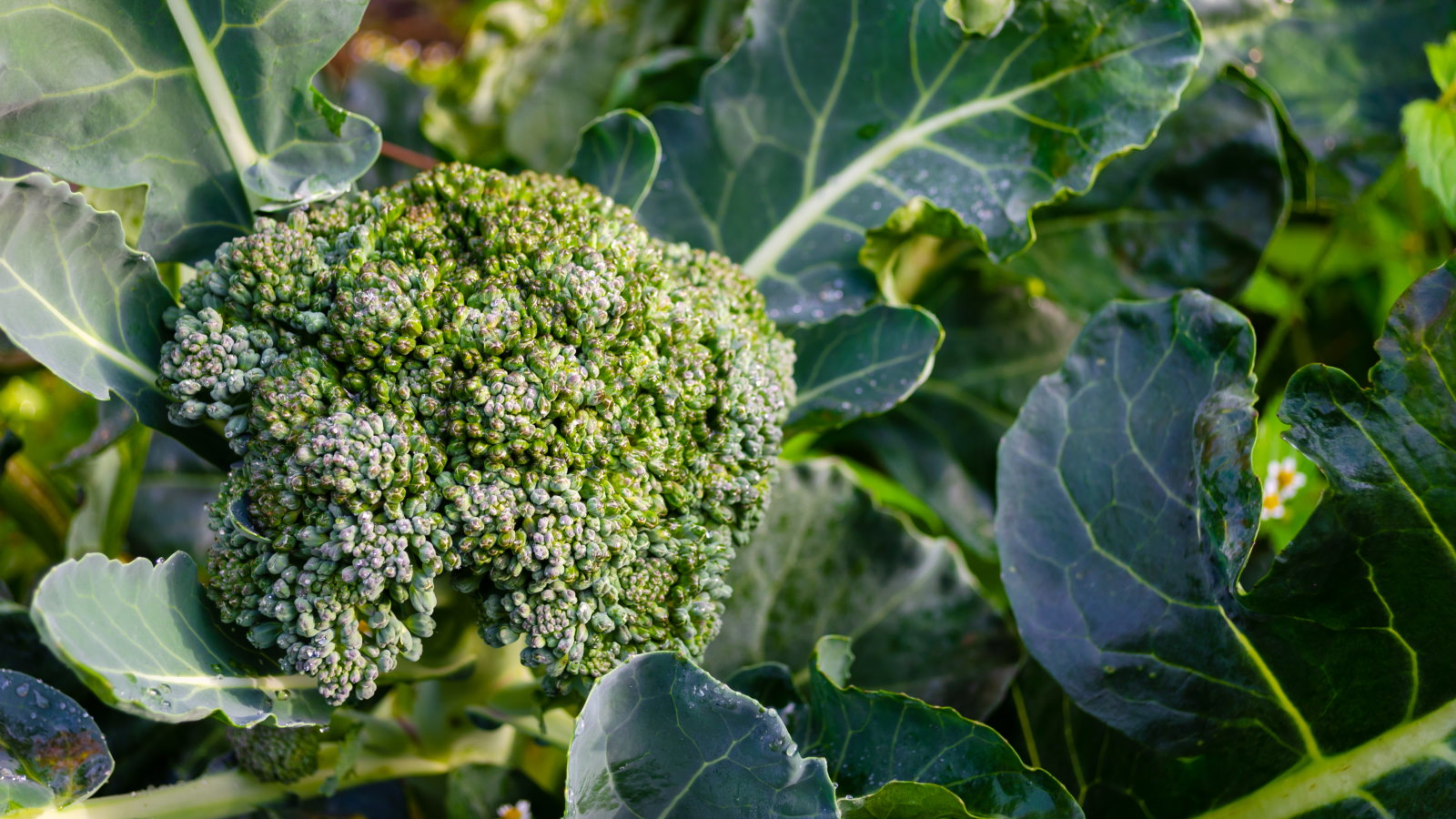 These 5 plants can help you get the best, and potentially tastiest, broccoli ever – discover what to plant with broccoli, and what to avoid
These 5 plants can help you get the best, and potentially tastiest, broccoli ever – discover what to plant with broccoli, and what to avoidOur selection of vegetables, herbs, and flowers is perfect for companion planting with broccoli
By Drew Swainston Published
-
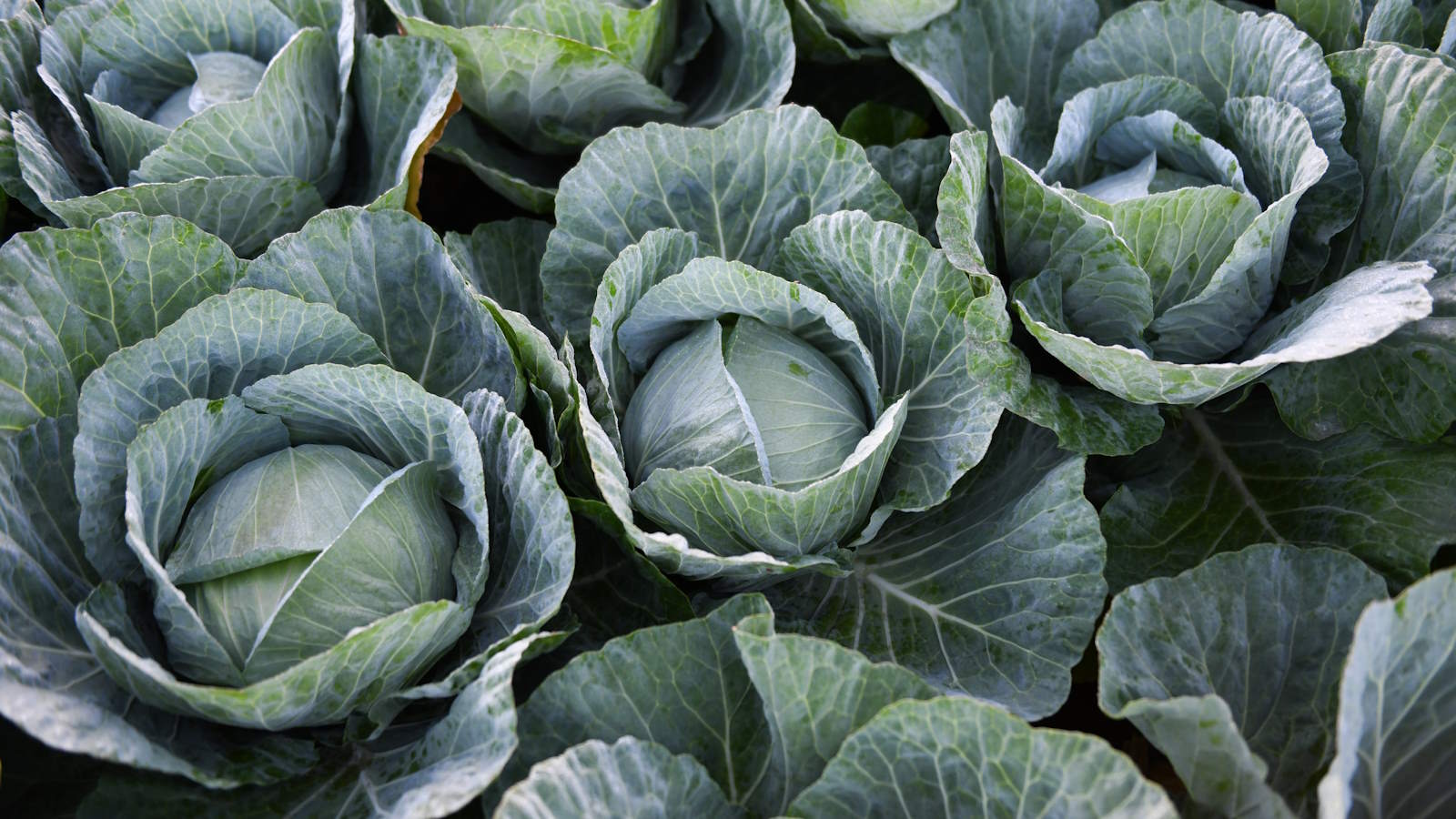 How to grow cabbages in containers – expert tips for top harvests in small urban spaces
How to grow cabbages in containers – expert tips for top harvests in small urban spacesYou can grow lots of different cabbages in pots, troughs, grow bags, or buckets
By Drew Swainston Published
-
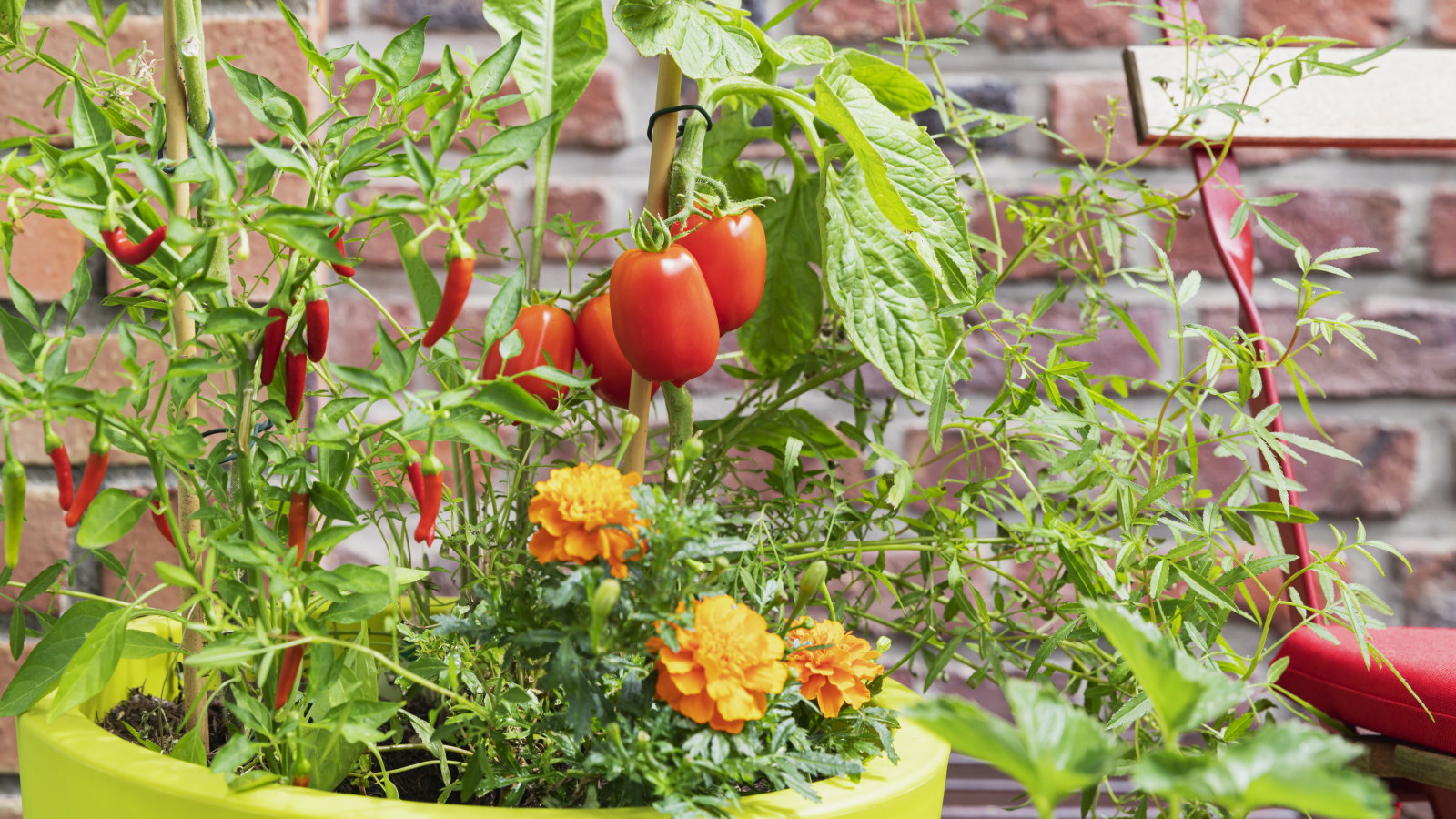 You'll get the best homegrown tomato crops if you plant them next to this one flower – discover why these two are a dream combination
You'll get the best homegrown tomato crops if you plant them next to this one flower – discover why these two are a dream combinationYour tomato plants will be pest-free and covered in fruits
By Drew Swainston Published
-
 Direct sowing vs transplanting – our grow-your-own expert advises which is best, and shares 5 veggies you should always sow directly
Direct sowing vs transplanting – our grow-your-own expert advises which is best, and shares 5 veggies you should always sow directlyBoth approaches to sowing vegetables have pros and cons
By Drew Swainston Published
-
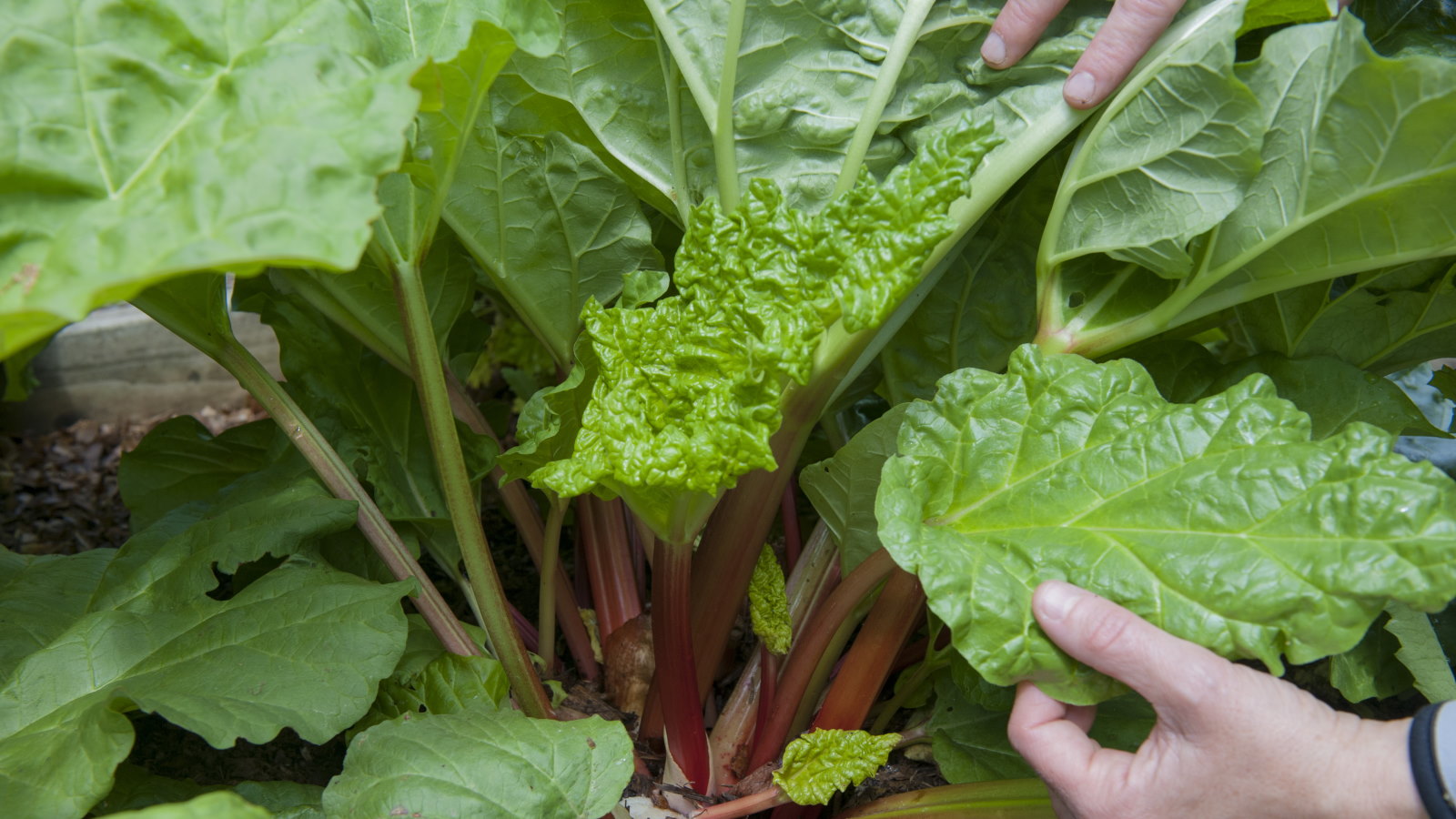 I grew rhubarb from seed for years – here’s exactly how to do it for guaranteed germination and healthy crops of fruit
I grew rhubarb from seed for years – here’s exactly how to do it for guaranteed germination and healthy crops of fruitGrowing rhubarb from seed is a cost-effective way to propagate plants, but it requires care and patience
By Drew Swainston Published
-
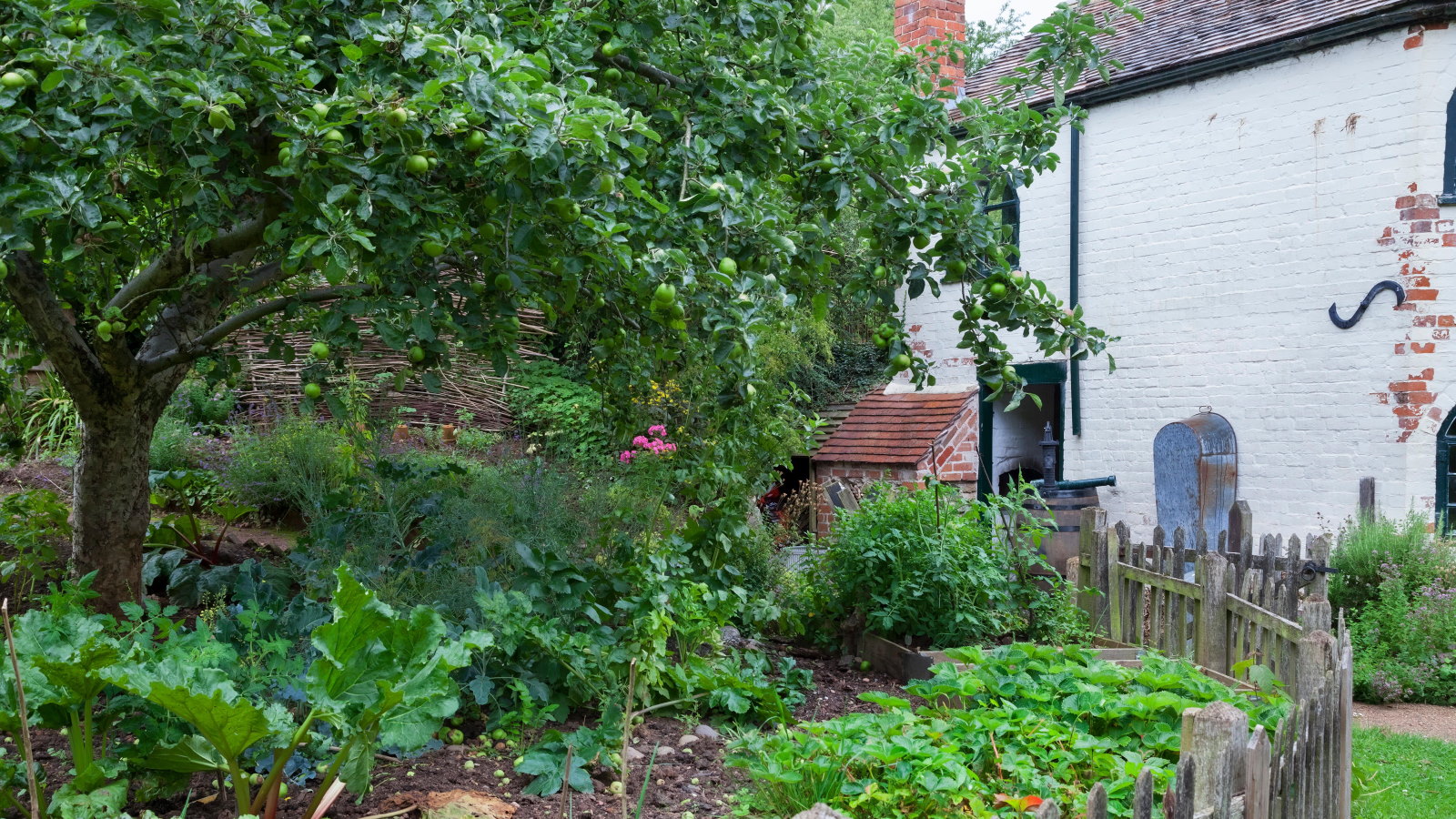 4 reasons you should plant trees in a vegetable garden – plus experts reveal the secrets to help you reap the rewards
4 reasons you should plant trees in a vegetable garden – plus experts reveal the secrets to help you reap the rewardsSee how agroforestry principles can help boost your soil and harvests
By Drew Swainston Published
-
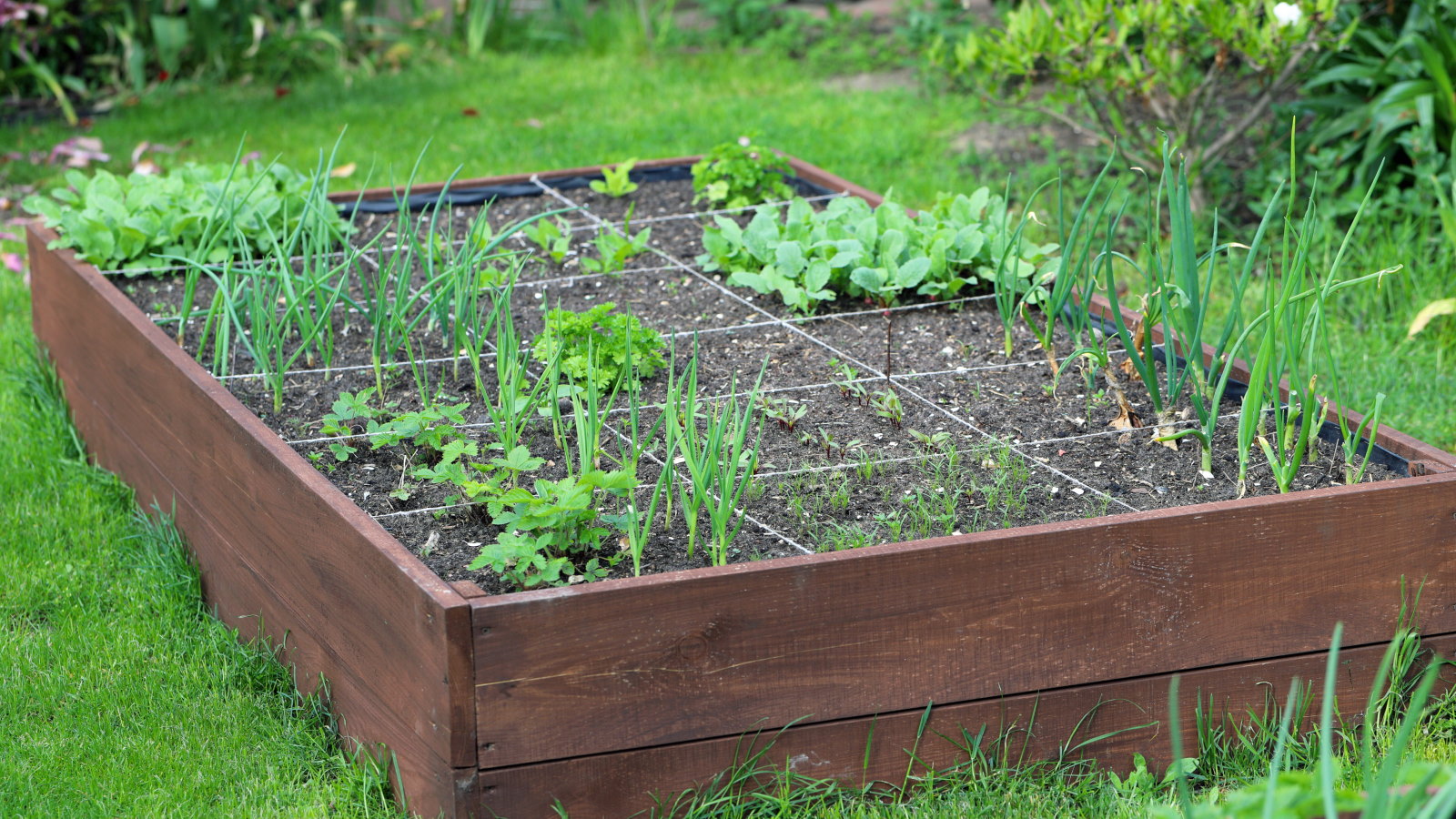 9 of the best vegetables to grow using the square foot gardening method – for big harvests in small spaces
9 of the best vegetables to grow using the square foot gardening method – for big harvests in small spacesPlus how many of each vegetable can be grown per square foot
By Drew Swainston Published
-
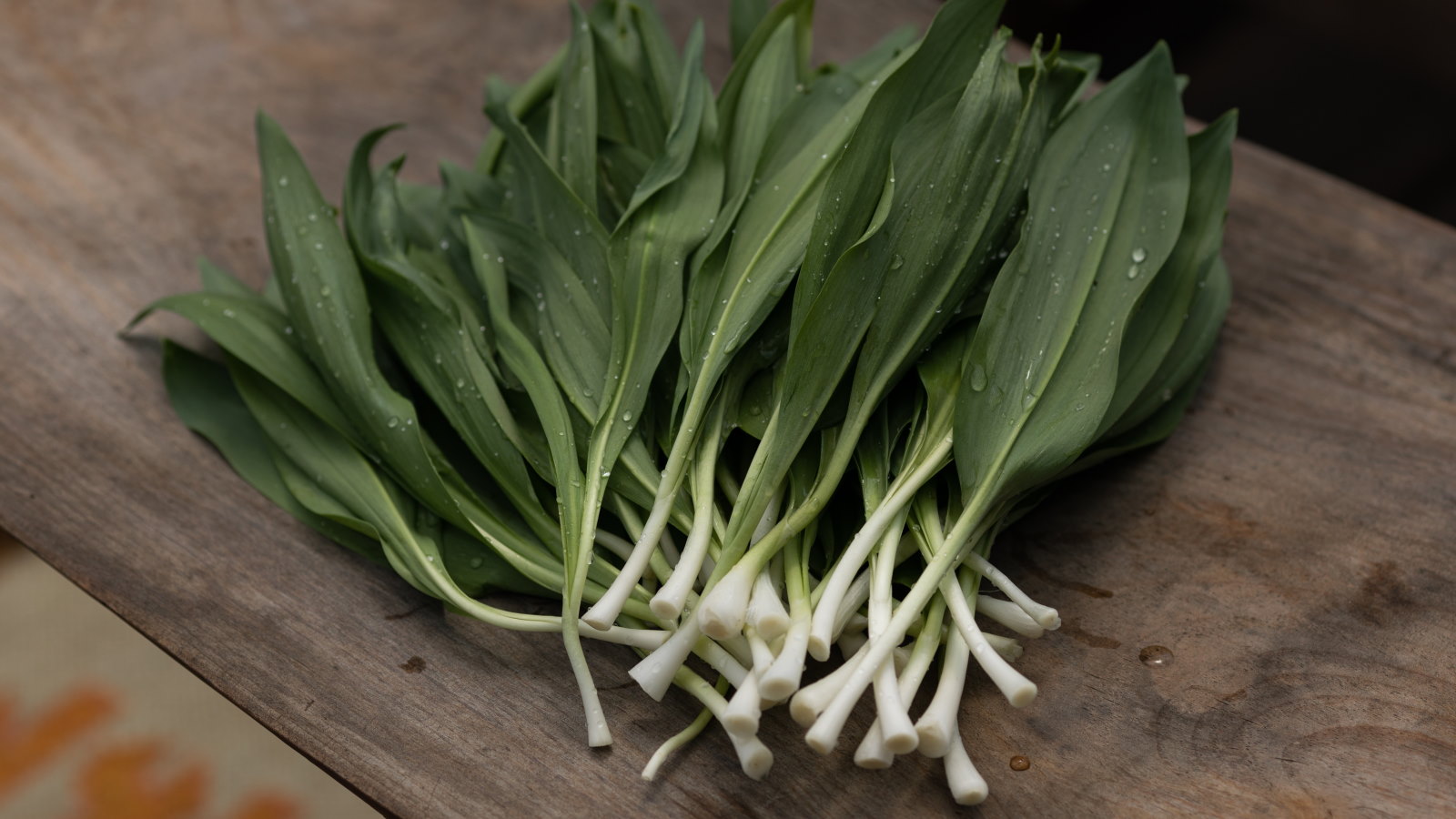 Ramps are highly prized spring harvests for chefs – discover how to grow your own at home from bulbs or seeds to have rich pickings for years to come
Ramps are highly prized spring harvests for chefs – discover how to grow your own at home from bulbs or seeds to have rich pickings for years to comeGrowing ramps, or wild leeks, does require patience, but the rewards are worth the wait
By Drew Swainston Published
